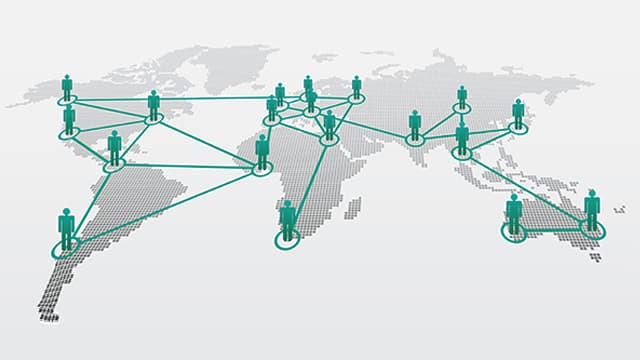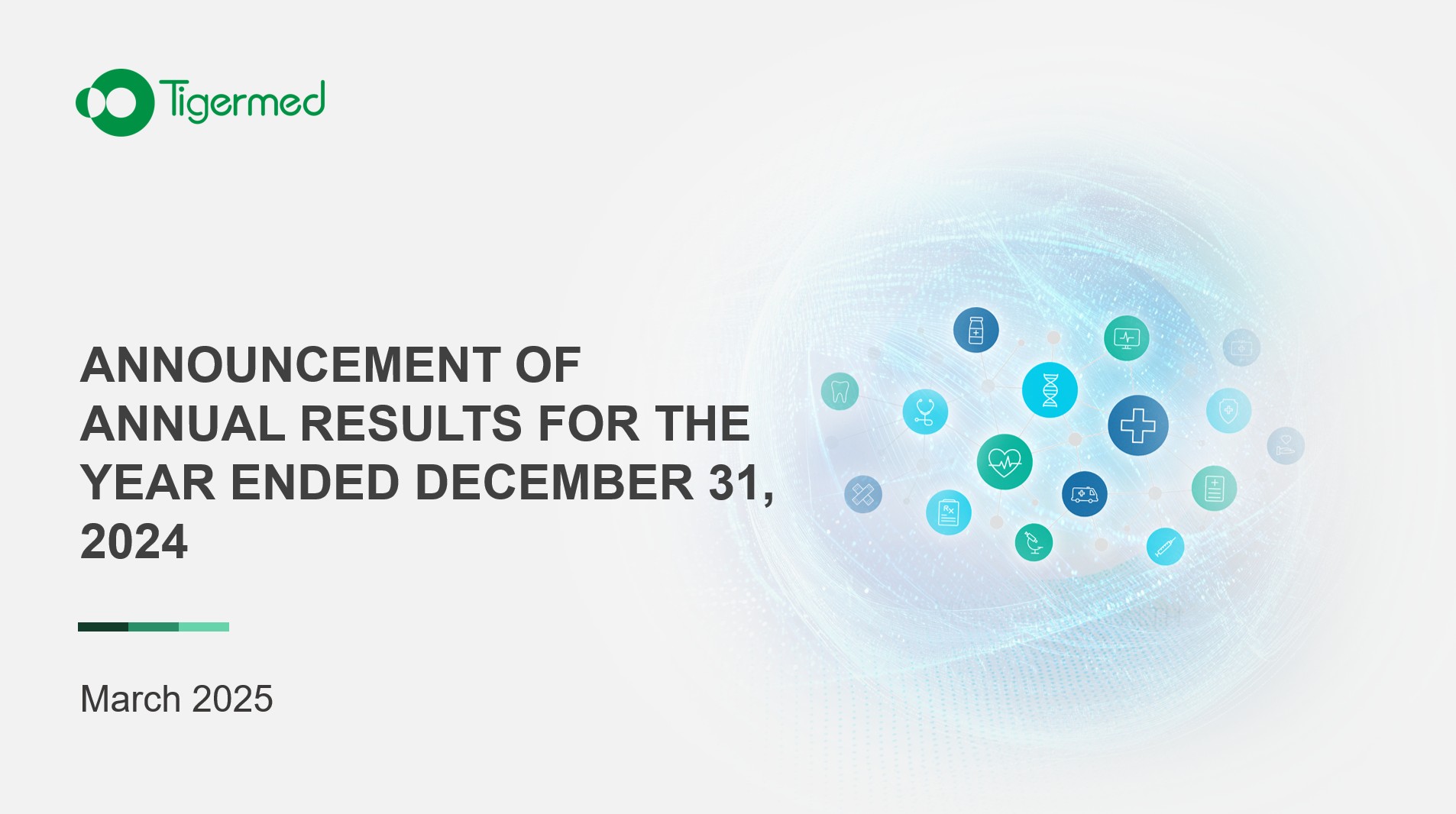What’s New for Getting Breakthrough Therapy Designation for Drugs in China?
Writer:Jianqing Chang, Vice President of Drug Regulatory Policy, Tigermed Co., Ltd.
Editor:Justin Fischer
Drugs with a breakthrough therapy designation (BTD) enjoy significant advantages, making them a hot topic among R&D-based drug companies in China. But a BTD is no guarantee that a drug will get marketing authorization. Here is how and why your company should make it happen.
Recently, Tigermed hosted a Drug Regulatory Policy talk in which we shared how to successfully apply for a BTD. Our guest speaker was Ms. Yanwei Liu, Head of Regulatory Affairs at Takeda of Greater China. Her talk highlighted how to accelerate the application process for the market authorization of drugs, recent developments in BTD regulations, BTD case studies of Takeda products, typical BTD cases in the US, and a comparative analysis of the BTD regulations in China and the US. Ms. Liu was also joined by Ms. Jun Zuo, Vice President, Head of Regulatory Affairs of Harbour Biomed and Mr. Haifeng Cao, Vice President, Head of Regulatory and Pharmaceutical Development, respectively, of Reistone Biopharma Co., Ltd. They also shared valuable insights.
48 innovative drugs or modified new drugs being granted BTDs
On July 1, 2020, the latest Drug Registration Regulations were enacted. A new drug registration system for accelerating the marketing authorization of drugs was established to support clinical value-oriented drug innovation. This new set of regulations introduced four accelerated procedures for BTDs therapy, conditional approval, priority review and approval, and special approval. In addition to an accelerated approval process, the regulatory agency allocates more resources for communication and technical guidance.
On July 8, 2020, the National Medical Products Administration issued the Working Procedures for Breakthrough Therapeutic Drug Review (Pilot). The document laid out the procedures and requirements for the scope of application, review and identification, publicity and designation, termination procedures, etc.
On July 9, 2020, the CDE launched the online “BTD Drug Application System” as well as an updated “Priority Review and Approval Application System”. This electronic submission is regarded as a fast track for developing new drugs and market authorization in China.
According to the CDE’s website, as of April 15, 2021, 48 drugs have been approved for BTD so far. The majority of them are oncology drugs, followed by antibiotics, immunological drugs, and neurological drugs. 31 are chemically derived and 17 are biologically derived, accounting for 65% and 35%, respectively. 28 of them are produced domestically and 20 overseas, accounting for 58% and 42%, respectively. The country’s five most populous provinces or municipalities account for 85% of the geographical distribution of these drugs, with Jiangsu Province accounting for the most, followed by Shanghai, Guangdong, Beijing, and Tianjin. Drug R&D and innovation is, without a doubt, booming in China. Until April 15, 2020, Takeda was the first MNC in China to submit a BTD application, and it had obtained BTDs for three drugs treating cancer, infections, and neurological disorders.
How the US FDA issues BTDs
The US FDA website publishes new drug approval data, including information on BTDs. From 2013 to 2020, 33% of all new drugs approved by the FDA were granted BTDs. The overall timeline for the development of these drugs is significantly shorter — a median of 4.8 years for drugs with a BTD and a median of eight years for drugs without. The reason may be that R&D companies take advantage of an open line of communications with the FDA’s senior reviewers, who provide technical guidance. To optimize of clinical trial designs and obtain the clinical and non-clinical data required for drug approval, the FDA is also very responsive with advice regarding the development of drugs. Additionally, R&D companies may submit new drug research data to the FDA on a rolling basis when applying for marketing authorization. These policies provide a guarantee for speeding up the subsequent research and development of new drugs.
The total timeframe from product development to launch is determined by multiple factors. In light of this, it helps to have a deeper understanding of the value and implications of obtaining BTD for drug research and development. BTD is a label assigned to a drug candidate. This, however, does not imply that every drug assigned BTD is an epoch-making breakthrough. On the contrary, if subsequent studies do not show consistent results, BTD qualification might be revoked.
Drugs with BTD, nevertheless, have significant advantages. They are often the first treatment administered on the targeted patient population. Chinese and American BTD regulations are roughly the same when it comes to application procedure, scope of application, time limits, agency support and administration. Therefore, a legal basis exists for local and global R&D based drug companies to develop a global filing strategy.
The factors that determine a successful BTD approval
Applicants should base their decisions based on the product’s characteristics, number of clinical trial subjects, efficacy standards, whether there is clinical research data generated in China, combination drugs, etc. A BTD application strategy may be different for drugs first in class or drugs with mature targets. For drugs not used in the treatment of rare diseases and cancer, it is even more necessary to provide ample detail about the treatment advantages of their products to convince the regulatory agency of the drug’s true clinical value.
Being one of the key parties in the development and implementation of R&D strategies, the drug registration team should be highly aware of China’s constantly evolving regulatory policies and be able to identify opportunities. They should devise strategies from clinical development to the application of marketing authorization and execute them cautiously and scientifically. When necessary, they should also must coordinate internal resources and establish a detailed process from application to review and then finally to approval. Moreover, timing of submissions is critical — generally, no later than phase III clinical trials.
Rejected applications are often the result of premature submission, insufficient data, or a failure to prove significant clinical advantages.
Opportunities and challenges
The primary value that BTD brings to drug development is the open line of communication that it establishes between drug companies and regulatory agencies. The regulatory agency will allocate resources and provide guidance to accelerate drug development. A BDT also increases the likelihood of obtaining priority review and approval for NDA.
Nevertheless, applicants should actively explore other potential opportunities. A BTD drug may very well be a “potential breakthrough therapy” and an important way to seek technical support. However, this does not guarantee that a BTD drug will receive marketing authorization. As drug research and development progresses in China, BTD standards may rise in the future as well. Ultimately, the clinical value of the product will always be the primary consideration. Only products with real breakthrough clinical efficacy will qualify to compete with other breakthrough therapeutic drugs.
Today, the latest scientific and technological innovation achievements are continuously applied to the research and development of new drugs. To realize the true value of BTD, both applicants and the CDE should work together to build upon what they learn together and encourage more open communication. In the interest of accelerating the research and development of new drugs and ultimately meeting the needs of patients, it is also recommended that the CDE increase the number of senior reviewers guiding companies developing BTD drugs.
BTD has been implemented in China for less than a year, and there is not enough data for more systematic analysis. However, based on the existing data, it is believed that BTD will not only help to accelerate the clinical development and marketing authorization of new drugs in China, but also profoundly impact the growth of the entire pharmaceutical industry.








